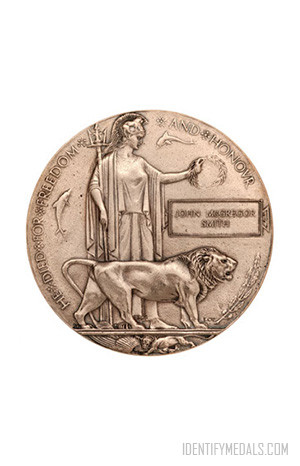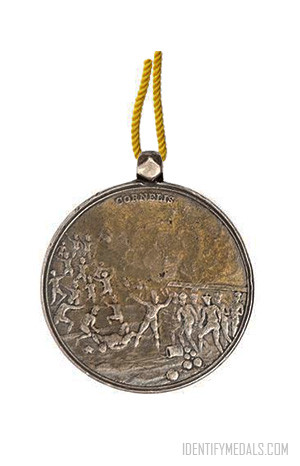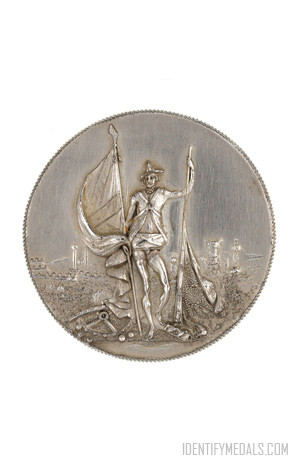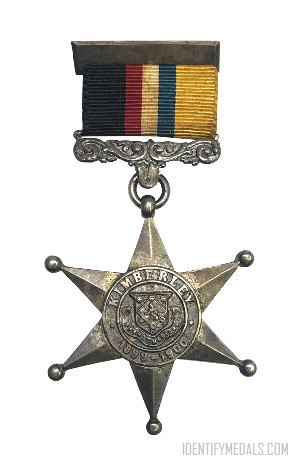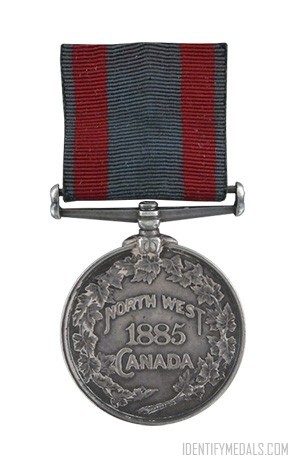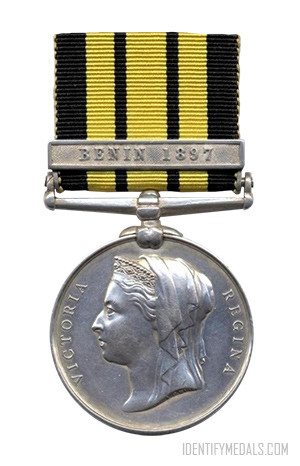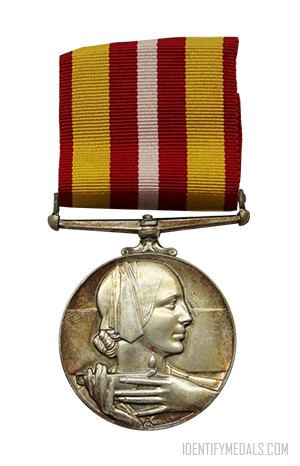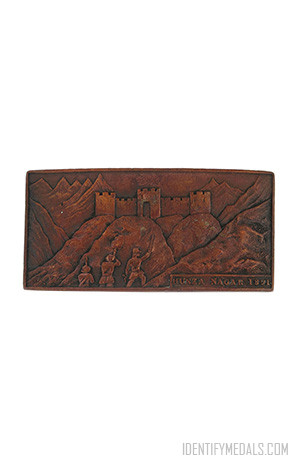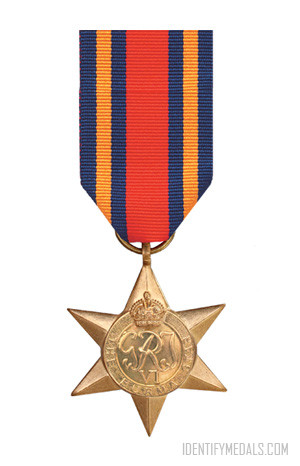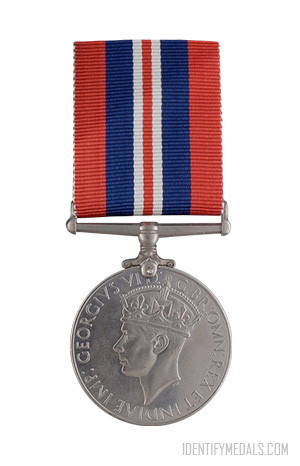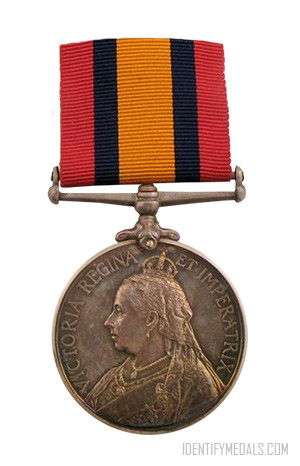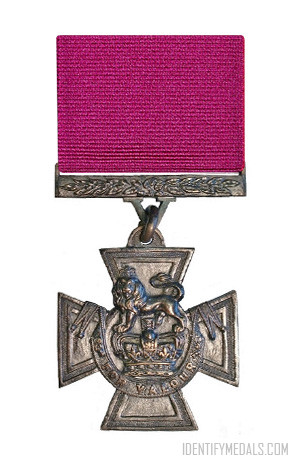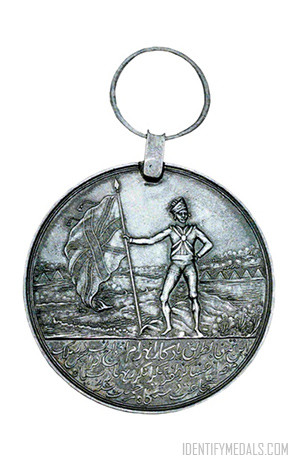- Time Period: The Great War WW1
- Year of Institution: 1919
- Country: Great Britain
The Memorial Plaque was issued after the First World War to the next-of-kin of all British and Empire service personnel who were killed as a result of the war.
The plaques are about 4.75 inches (120 mm) in diameter, cast in bronze, and came to be known as the “Dead Man’s Penny“, because of the similarity in appearance to the much smaller penny coin.
A total of 1,355,000 plaques were issued, which used a total of 450 tons of bronze, and continued to be issued into the 1930s to commemorate people who died as a consequence of the war.
The Memorial Plaque Design
Over 800 designs were submitted in a public competition for the design of the plaque. The winner was the sculptor and medallist Edward Carter Preston using the pseudonym Pyramus, who received two first-place prizes of £250 for his winning and also an alternative design.
The obverse includes an image of Britannia holding a trident and standing with a lion. The designer’s initials, E.CR.P., appear above the front paw. In her outstretched left hand Britannia holds an olive wreath above the rectangular tablet bearing the deceased’s name cast in raised letters. Below the name tablet, to the right of the lion, is an oak spray with acorns. Two dolphins swim around Britannia, symbolizing Britain’s sea power, and at the bottom a second lion is tearing apart the German eagle.
The reverse is blank, making it a plaquette rather than a table medal. Around the picture the legend reads “HE DIED FOR FREEDOM AND HONOUR“, or for the 1500 plaques issued to commemorate women, “SHE DIED FOR FREEDOM AND HONOUR“.
Smaller or miniature unofficial bronze plaques were produced by other manufacturers, for example Wright and Sons of Edgware, Middlesex, who sold them for 13 shillings and sixpence each.

